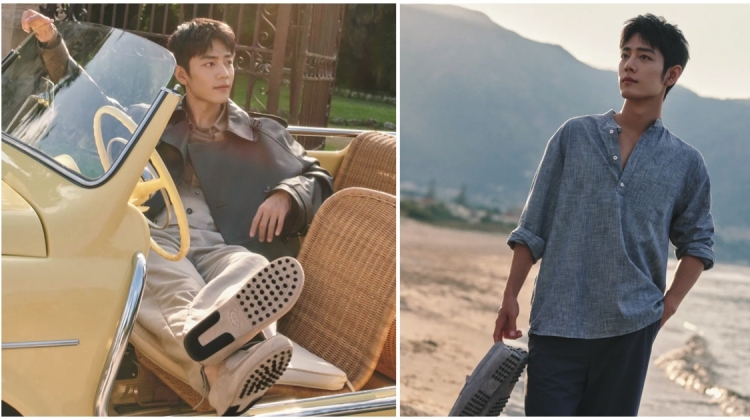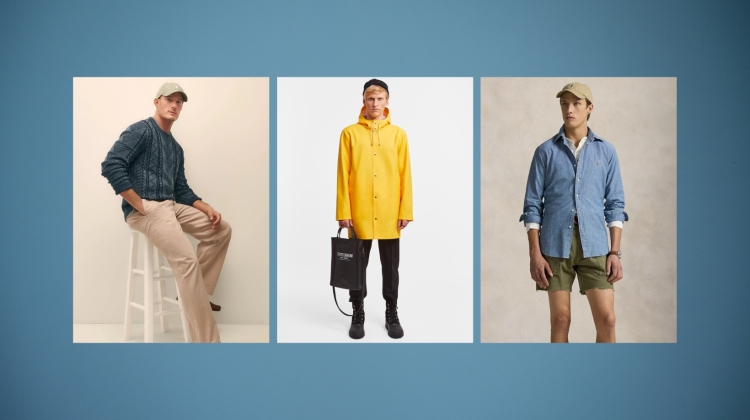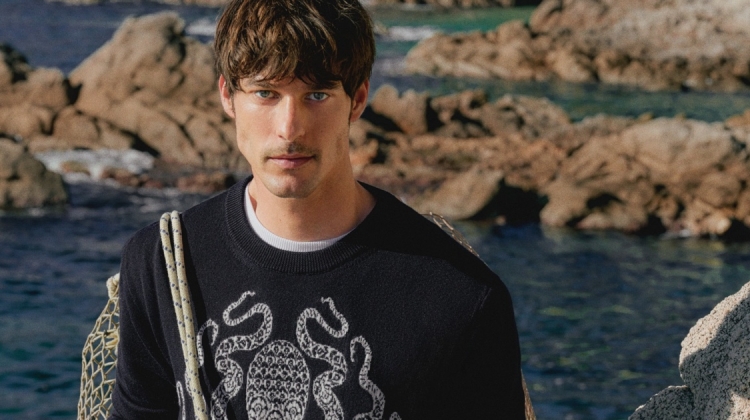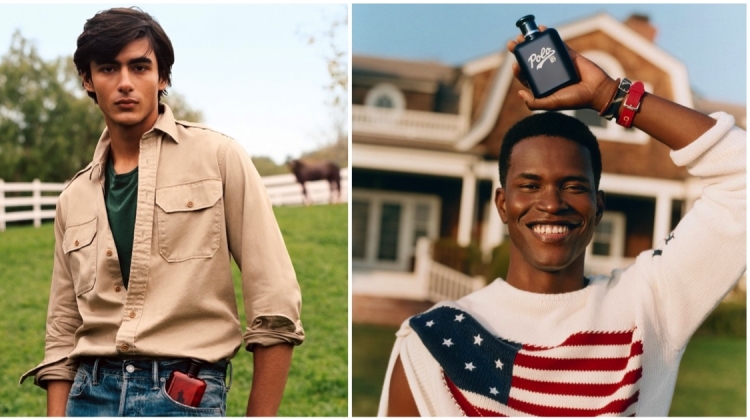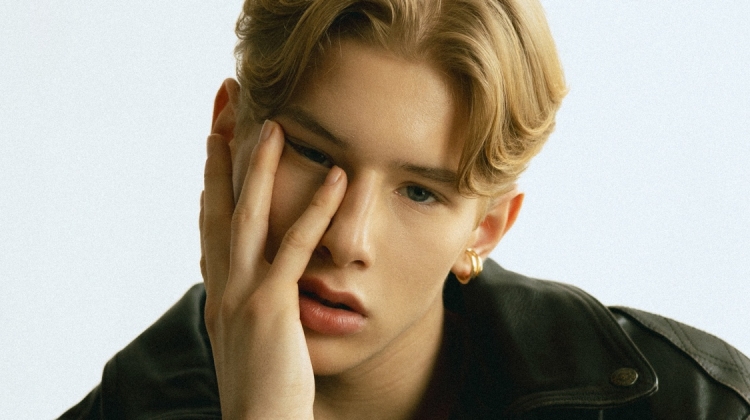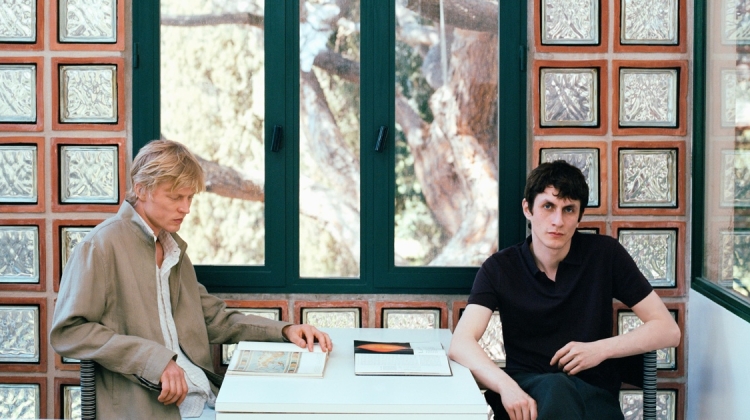
Contemplating a suit without tie might seem like a faux pas to some, but the concept gains traction as societal norms and style trends evolve. Although the traditional suit and tie ensemble has long been a staple in men’s fashion, recent shifts in sartorial preferences highlight the desire for more relaxed and versatile attire options—aiding the rise of the tieless suit.
The Timeless Suit & Tie

The suit and tie traditionally form a harmonious pair, each accentuating the other’s appeal. In an article for The Spectator, Jonathan Miller explored this relationship, emphasizing how the tie offers a chance for self-expression within the constraints of formal wear.
Miller referenced the thoughts of sociologist Mathieu Bock-Côté, who once abstained from ties but grew to value their contribution to masculine sophistication. By introducing color, pattern, and visual intrigue, the tie acts as a central artistic element, breathing life into the otherwise understated elegance of the suit.
However, the rise of the suit without a tie in contemporary fashion reflects a shift in sartorial values. This style marries the sophistication of traditional attire with an expressive, modern twist.
Suit Without Tie: The Modern Attitude
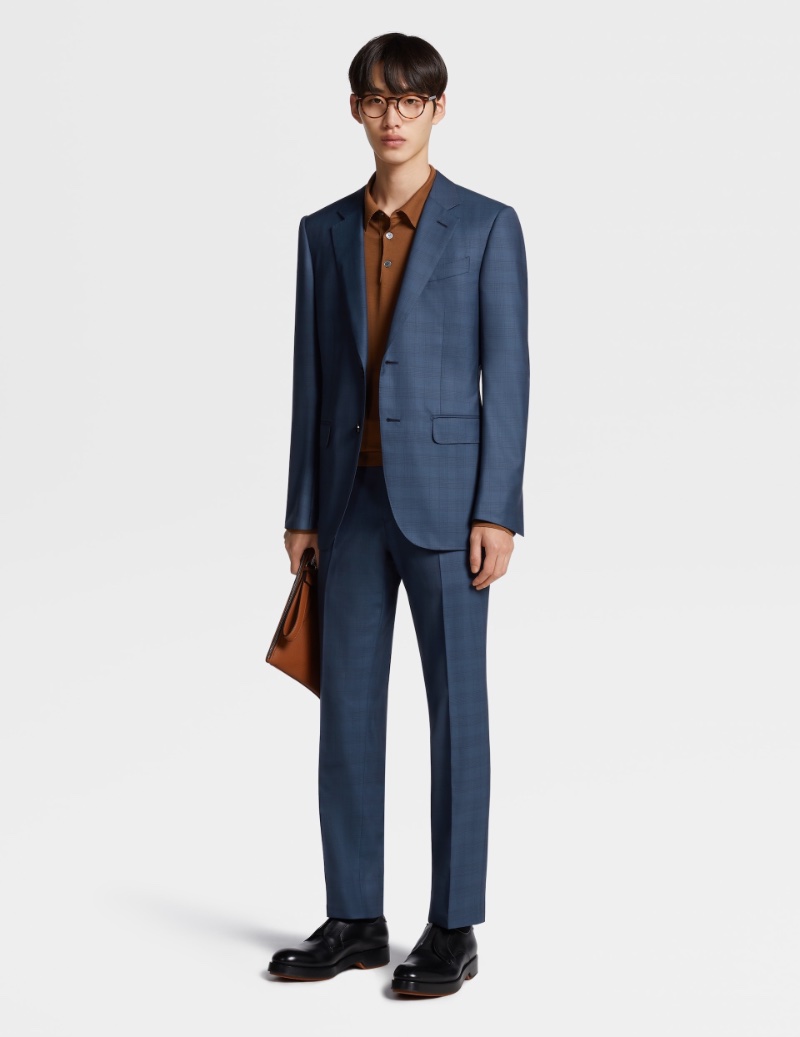
Ermenegildo Zegna, CEO, and chairman of the esteemed Italian luxury fashion house Zegna, offers a candid perspective on the decline of the tie. In a discussion about the suit’s place in modern fashion, as revealed by Emily Hawkins for City A.M., Zegna expressed, “Let me be clear—the suit is not dead. But the tie is!” This bold declaration doesn’t signal a deterioration in sartorial taste but signifies an exciting style evolution.
Zegna’s stance resonates with the shifting dynamics in professional settings where a more relaxed dress code often prevails. At the Financial Times’ Business of Luxury Summit, he eloquently positioned knitwear as the “new tie,” a blend of elegance and comfort, aligning with the demand for luxury leisurewear. This proclamation carries weight, signaling a paradigm where individuality and comfort blend seamlessly with traditional concepts of elegance.
The Cultural Shift: Changing Attire Choices
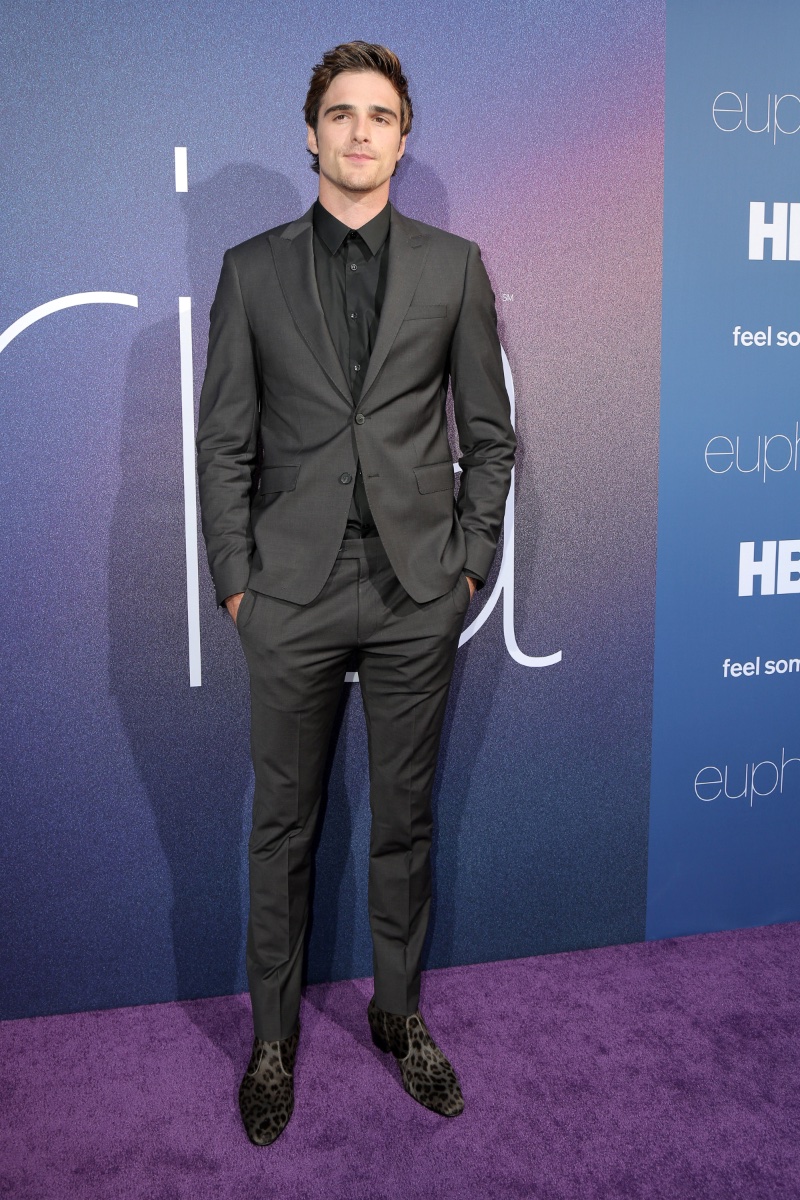
The cultural shift towards more relaxed attire choices is particularly evident in the post-pandemic era. Many professionals now opt for a more casual look, replacing the traditional suit and tie with a suit without a tie. Zegna even hints at the rise of colorful sneakers as a popular addition to suits, infusing playfulness into sophistication.
These changes in attire reflect an exciting fusion of sophistication and relaxed style, resonating with evolving tastes. The suit without a tie appeals to sophisticated gentlemen and younger men, allowing for a more relaxed yet stylish appearance. It emphasizes personal comfort without compromising elegance, aligning with the modern trend toward expressive and adaptable sartorial culture.
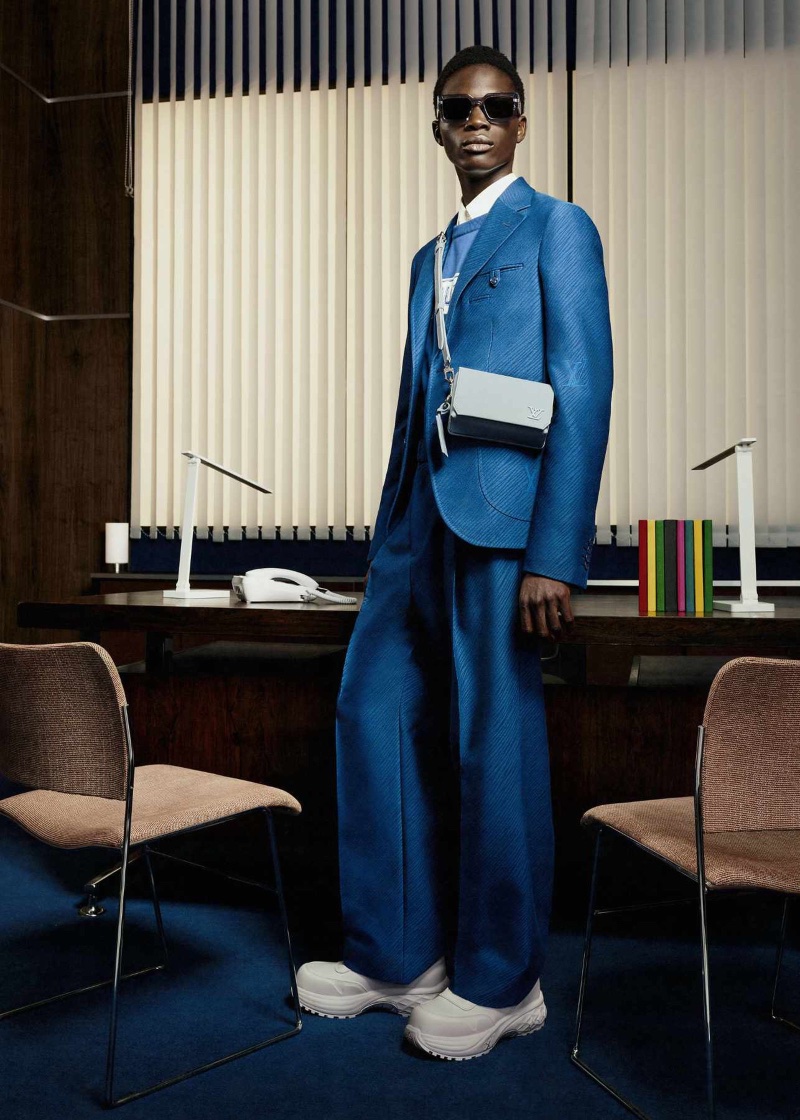
City workers, in particular, embrace this new trend, trading their polished shoes for sneakers and combining professional attire with a laid-back vibe. Zegna’s insights articulate a perspective beyond mere fashion; it hints at a cultural shift where the essence of formal wear preserves its dignity while adopting fresh and youthful elements.
How to Wear a Suit Without a Tie
Accessorizing with Flair

When the tie is omitted, accessories come to the forefront. An essential aspect of the tieless look is attention to detail with collar bars, pocket squares, lapel flowers, and more. Necklaces can also bring a unique touch, serving as intriguing conversation pieces. These adornments add color and sophistication, transforming your attire into a statement of elegance.
Elevate the Look: Emphasizing the Drop

Understanding the ‘drop’ in a suit is essential for sculpting the perfect fit. The drop, referring to the difference between the chest and waist measurements, helps create the appealing V shape that emphasizes a man’s physique. To infuse the outfit with a relaxed flair in a tieless style, consider unbuttoning one or two buttons of the shirt.
While maintaining the illusion of a broader chest tapering to a slimmer waist, this adjustment adds an appealing dimension to the ensemble, harmonizing sophistication with contemporary ease.
Pattern Exploration: An Effortless Breakaway

Venturing into bolder patterns can make your tieless suit stand out. Incorporating designs like pronounced pinstripes or windowpane suits brings a lively and stylish touch. Without the restraint of a tie, your shirt and suit become a canvas for creative expression, allowing for a more personalized statement.
The Perfect Fit: Button Up with the Air Tie

Should you wish to elevate your look further, the ‘air tie’ technique offers an unconventional but alluring approach. This entails buttoning up your shirt completely without a tie, paired with a slim tailored fit. It gives your attire an unexpected twist, adding an innovative edge to the traditional suit.
Understanding the Occasion: When to Embrace the Look
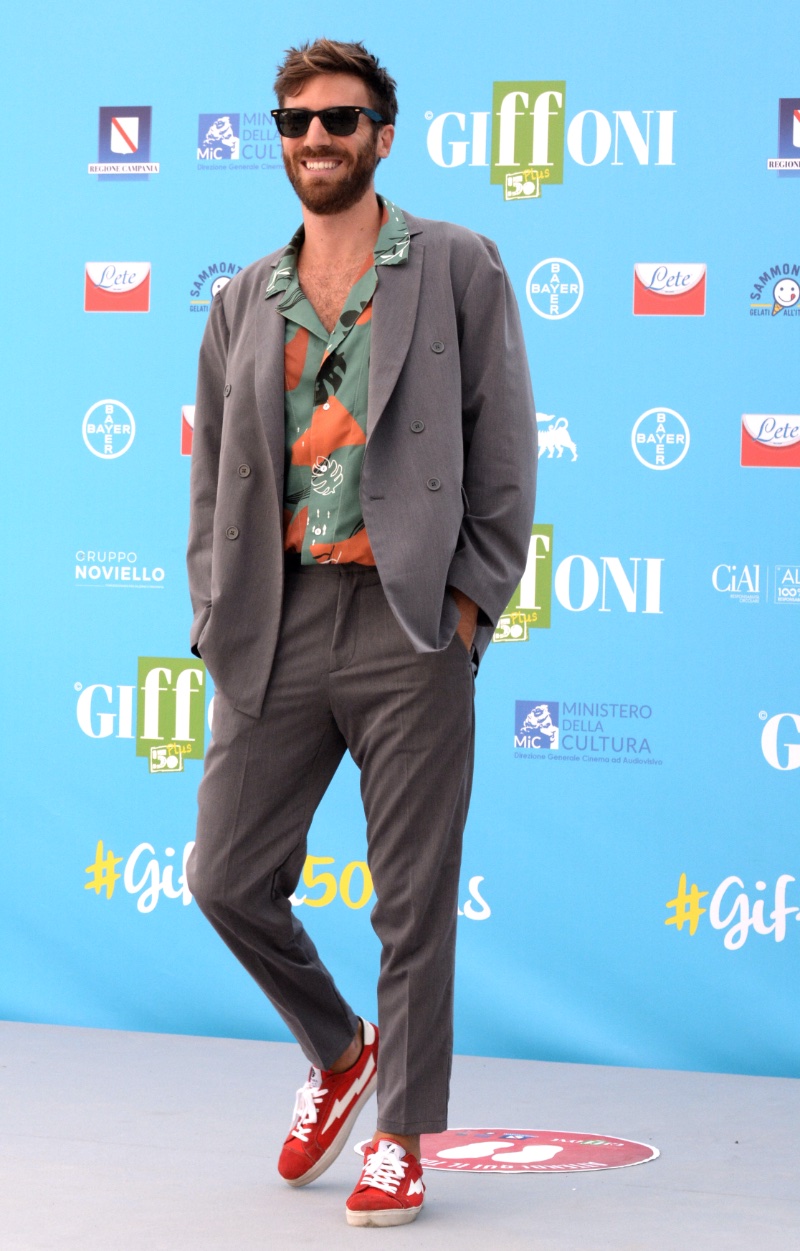
Not every occasion suits a tieless ensemble. It is essential to recognize when this style is appropriate and when it is not. While a formal gathering may necessitate a conventional suit and tie, settings like beach weddings or laid-back office days can be the perfect opportunity to showcase this contemporary, sophisticated look.
Embracing Suits Without Ties

The evolution of the suit without a tie reflects a profound shift in men’s fashion, symbolizing a marriage of time-honored elegance with contemporary expression. As the classic constraints of formality give way to a more personalized and relaxed approach, this trend signifies a greater emphasis on individuality, comfort, and the harmonious blending of age-old sophistication with youthful vitality.
From the boldness of colorful sneakers to the subtlety of the air tie, the new paradigm offers an expansive canvas for sartorial creativity. This compelling transformation not only resonates with the evolving preferences of sophisticated gentlemen but also captivates the imagination of younger men, making the suit without a tie an emblem of the modern era’s expressive and adaptable fashion culture.
